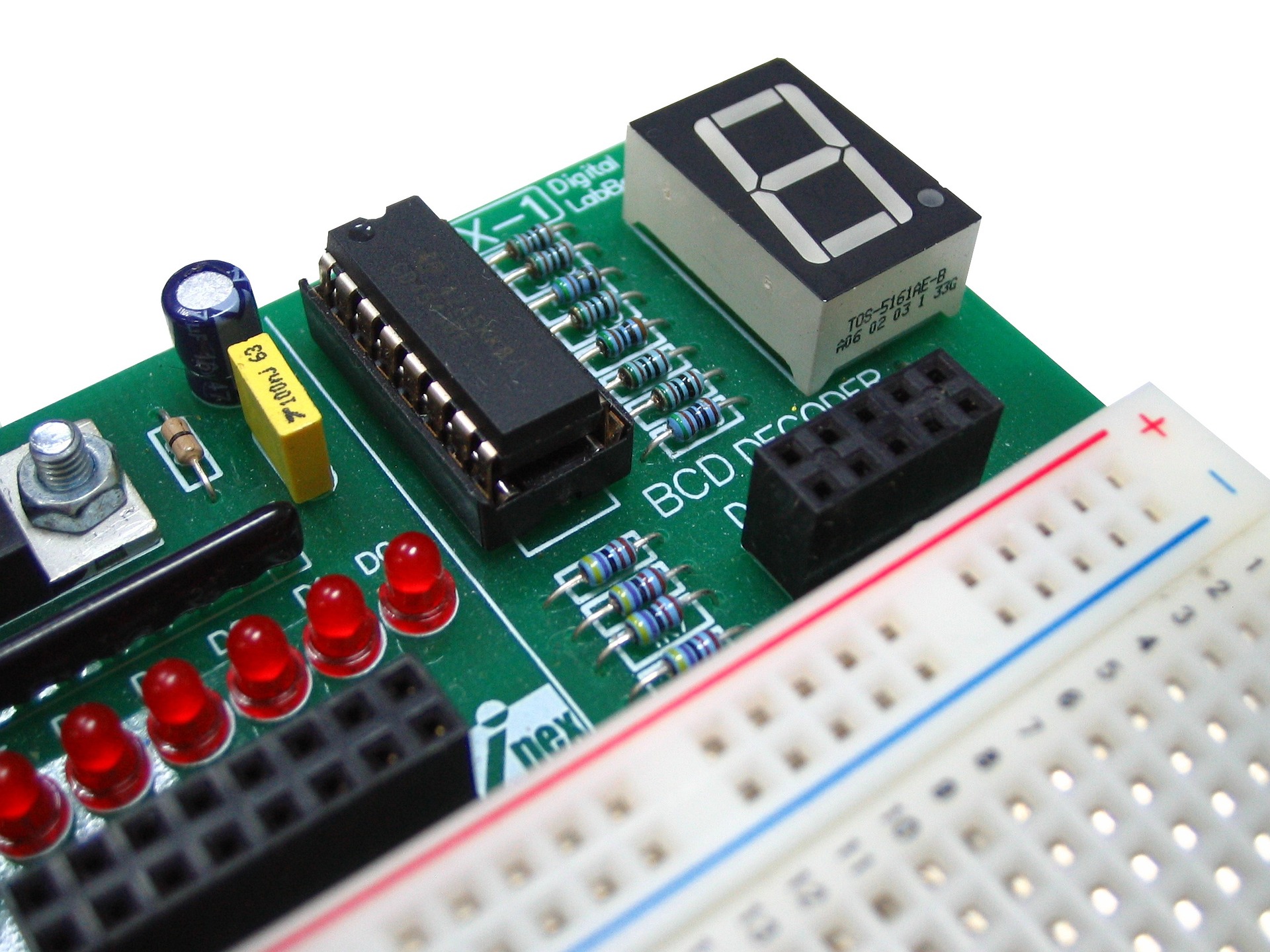To understand what a solar charge controller is, and what function it plays in a solar panel system, let us first understand some basics on solar panel system components. If you are out to install a solar panel system for your home or business then the basic components you need are:
- 1
1. Solar Panels
- 22. Solar Charge Controller
- 33. Battery Bank
- 44. Inverter
- 5
4. Mains Supply
- 6
5. AC Load
If your home has an existing inverter and a battery bank and you want to convert this system into a solar system, then you will need to connect your solar panels to a solar charge controller that will charge your batteries through solar power. But why don’t we connect the solar panels directly to the battery bank you ask? Well imagine you want to charge a 12V battery and so you bought a 12V solar panel to charge it. That sounds about right, doesn’t it?
The catch here is the maximum voltage of a 12V solar panel is about 17.5V (also called open-circuit voltage) or sometimes it can reach an alarming level of 25V. Imagine charging your battery with such high voltage. Not only will your battery get overcharged and eventually die a slow death but the battery can also explode. We do not want to expose our battery to such harsh conditions and so intelligent minds of research centers came up with the idea of a solar charge controller.
Not only does it charges your batteries with controlled power from solar panels it also prevents reverse current flowing from batteries to solar panels at night, which greatly reduces the battery from getting discharged and ensures the unidirectional flow of current.
Related Posts
One Comment
Comments are closed.






[…] are two main types of charge controllers – MPPT and PWM. In this post we will explore the differences between them and compare them […]